LP Magazine – Recruiting and Staffing Your Law Firm Marketing Team
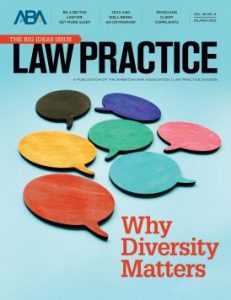 The last few years of recruiting and hiring marketing staff for law firms has certainly been interesting. On the plus side, law firms continue to invest in marketing and business development personnel. Some might argue that it is even more important as we come out of COVID and start to connect and reconnect with clients, prospective clients, and referral sources. The law firms that have retained me have been wiling to make the proper investment to hire the right people. On the minus side, depending on geographic location (I’ve placed marketers in the MidAtlantic, Northeast, Midwest, and South in the last year), the pool of candidates can be quite shallow. I won’t go into specifics, but some markets simply have more available talent than others.
The last few years of recruiting and hiring marketing staff for law firms has certainly been interesting. On the plus side, law firms continue to invest in marketing and business development personnel. Some might argue that it is even more important as we come out of COVID and start to connect and reconnect with clients, prospective clients, and referral sources. The law firms that have retained me have been wiling to make the proper investment to hire the right people. On the minus side, depending on geographic location (I’ve placed marketers in the MidAtlantic, Northeast, Midwest, and South in the last year), the pool of candidates can be quite shallow. I won’t go into specifics, but some markets simply have more available talent than others.
My marketing column in the July/August 2022 issue of the American Bar Association’s Law Practice Magazine, Staffing Your Law Firm Marketing Team, addresses many of the issues and concerns that law firms have (or should have) when it comes to new hires. Like the job market everywhere, there are lots of moving people and moving parts. In some cities, the best some law firms can do is poach junior personnel from competing law firms by overpaying. This is happening more at the lower to mid-level positions on a marketing team. To oversimplify things, you end up hiring someone else’s marketing coordinator by offering him/her $75k when they are earning 50k where they are.
Pre-COVID, there was no talk of hybrid versus fully remote, and less discussion of a willingness to hire in a satellite office market versus one of a law firm’s more substantial office locations. As I often tell my law firm clients, I’m still a bit old school when it comes to having a marketer that you can see and interact with at the water cooler on occasion. On the flip side, I’ve had some marketers complain to me that it made no sense to sit in an office when 95% of the attorneys there are working from home (or the shore, or in the Virgin Islands somewhere). I’ve found that “back in the office” is more about geography than a law firm deciding across the board. I’ve sat down in many law firm offices across the country in the last year—yet not a single visit to New York City (which is a quick New Jersey commuter train from my home), although I’ve been to ballgames and other sporting events in NYC.




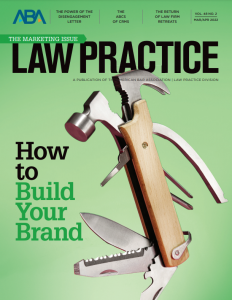 In that brief time snugly between delta and omicron, I had the opportunity to speak at a law firm retreat. Live. In-Person. With people. No masks. In a hotel. Food served. It was circa 2019 and it was so nice to put on a suit and close the Zoom app. In the March/April 2022 issue of Law Practice, I discuss
In that brief time snugly between delta and omicron, I had the opportunity to speak at a law firm retreat. Live. In-Person. With people. No masks. In a hotel. Food served. It was circa 2019 and it was so nice to put on a suit and close the Zoom app. In the March/April 2022 issue of Law Practice, I discuss 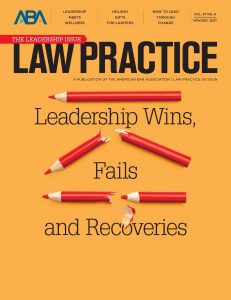 The third annual Up-Down Drill, which played off my favorite morning-after column in The Philadelphia Inquirer after an Eagles game (why did Jeff McLane stop doing it?), was one of the more difficult to write. In the November/December 2021 issue of Law Practice,
The third annual Up-Down Drill, which played off my favorite morning-after column in The Philadelphia Inquirer after an Eagles game (why did Jeff McLane stop doing it?), was one of the more difficult to write. In the November/December 2021 issue of Law Practice, 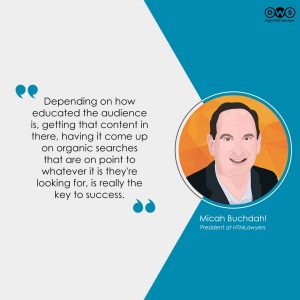
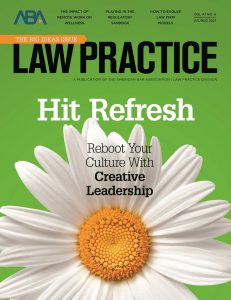 Yes, I went with the lowest hanging fruit of topics for my marketing column in the July/August 2021 issue of Law Practice,
Yes, I went with the lowest hanging fruit of topics for my marketing column in the July/August 2021 issue of Law Practice, 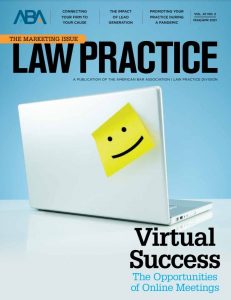 Earlier this week, I read an interesting article about how business travel will never fully return, because you can just go on Zoom, saving a ton of time and money. The story and premise all made sense until a quote at the end saying that the first time someone lost a sales pitch to a competitor that presented in-person—they’ll be right back on those airplanes. And I shook my head knowing that was so true.
Earlier this week, I read an interesting article about how business travel will never fully return, because you can just go on Zoom, saving a ton of time and money. The story and premise all made sense until a quote at the end saying that the first time someone lost a sales pitch to a competitor that presented in-person—they’ll be right back on those airplanes. And I shook my head knowing that was so true.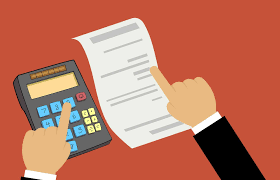 This is the time of year where I sit down with my marketing committees to review what successes we had with our 2020 marketing plan and budget. The same for many one on one discussions with individual attorneys on his/her business development plans. Well, I’m not taking the blame for any failures this year—just say “COVID” and try again. So in this month’s issue of the ABA’s
This is the time of year where I sit down with my marketing committees to review what successes we had with our 2020 marketing plan and budget. The same for many one on one discussions with individual attorneys on his/her business development plans. Well, I’m not taking the blame for any failures this year—just say “COVID” and try again. So in this month’s issue of the ABA’s  If you want to read a powerful piece about the hottest topic in law firm marketing circles this year, the lead feature in the December 2020 edition of the
If you want to read a powerful piece about the hottest topic in law firm marketing circles this year, the lead feature in the December 2020 edition of the 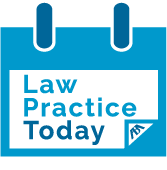
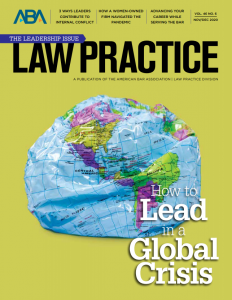 A favorite business development endeavor for many lawyers (me included) is involvement on a nonprofit board. It can be time-consuming, potentially expensive and sometimes frustrating, but it is a do-good activity that ideally is tied to an area of interest and passion. In my November/December 2020 marketing column in Law Practice, I write on
A favorite business development endeavor for many lawyers (me included) is involvement on a nonprofit board. It can be time-consuming, potentially expensive and sometimes frustrating, but it is a do-good activity that ideally is tied to an area of interest and passion. In my November/December 2020 marketing column in Law Practice, I write on